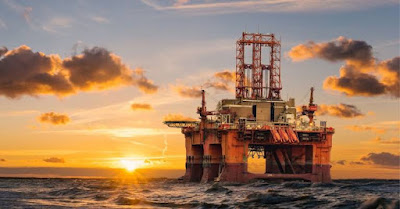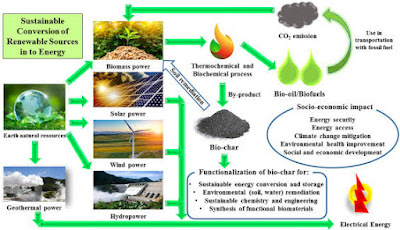Oil and gas industry Regulatory Compliance
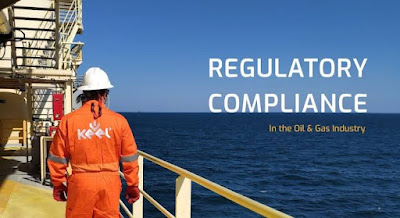
Adhering to and exceeding regulatory standards to ensure that oil and gas operations meet or exceed safety requirements, promoting industry-wide accountability and responsibility. In the unique domain of oil and gas tasks, administrative consistence remains as a foundation, exemplifying a promise to somewhere safe, ecological stewardship, and industry uprightness. This basic adherence to laid out norms fills in as a key part, guaranteeing that investigation, extraction, and creation exercises unfurl inside a system that focuses on both human and ecological prosperity. The underpinning of administrative consistence lies in a fastidious comprehension and execution of the heap rules and rules set out by legislative bodies and industry guard dogs. These guidelines are not simple regulatory formality but rather are created with a solitary spotlight on limiting dangers, forestalling mishaps, and protecting the fragile equilibrium of environments influenced by oil and gas exercises. Thor...
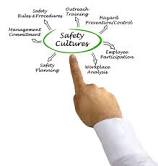
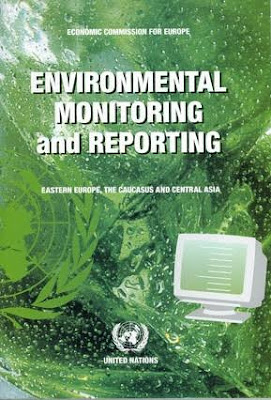

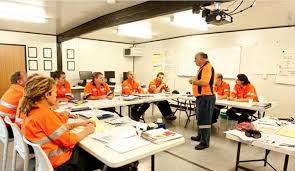

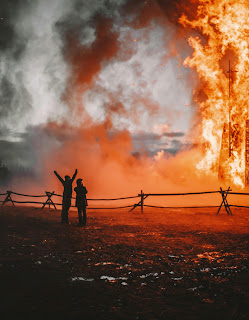
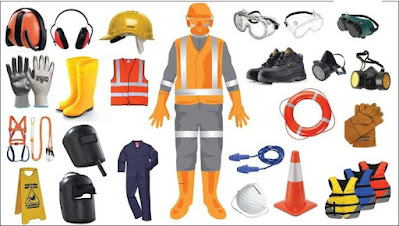




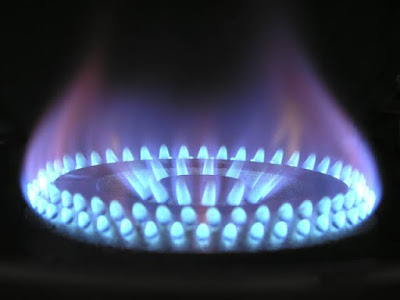
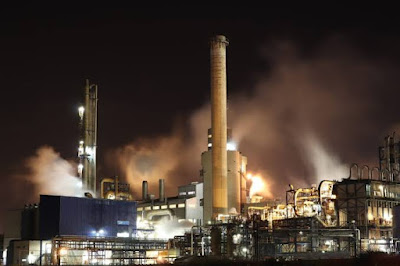
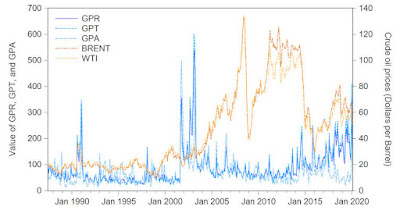
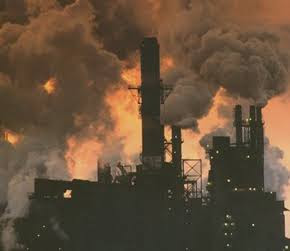
.jpeg)
